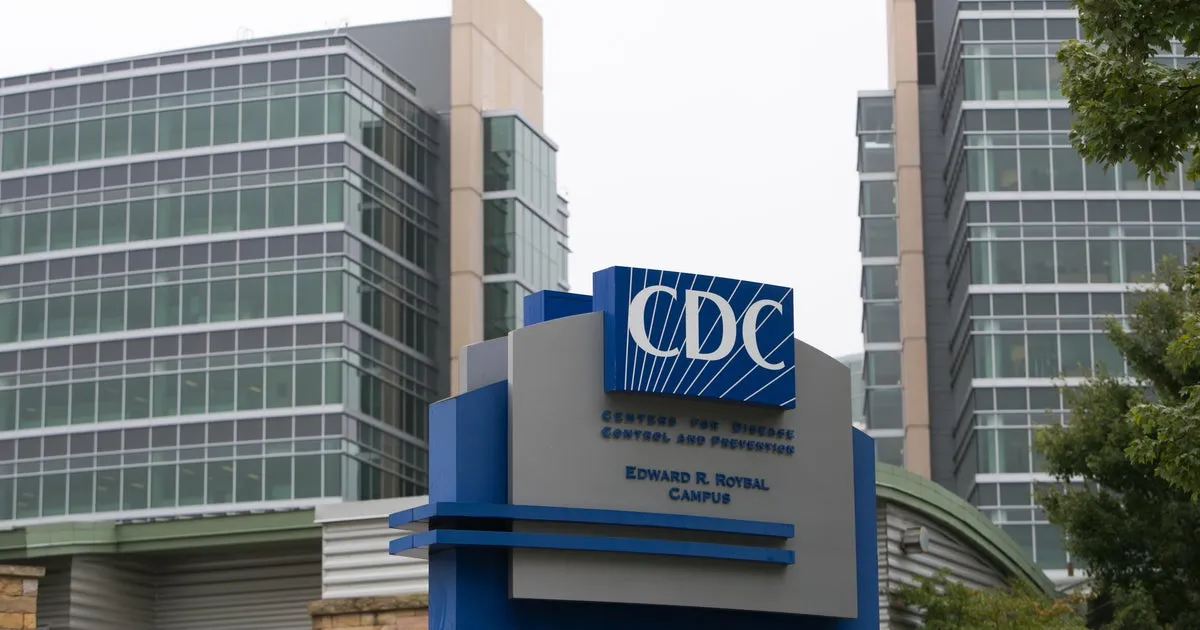
The number of measles cases in the United States has surged to 1,024, as reported by the Centers for Disease Control and Prevention (CDC) on Friday. This alarming increase has been observed across 30 states, including Alaska, Arkansas, California, Colorado, Florida, Georgia, Hawaii, Illinois, Indiana, Kansas, Kentucky, Louisiana, Maryland, Michigan, Minnesota, Missouri, Montana, New Jersey, New Mexico, New York, North Dakota, Ohio, Oklahoma, Pennsylvania, Rhode Island, Tennessee, Texas, Vermont, Virginia, and Washington.
The current outbreak is drawing close to the total of 1,274 confirmed infections reported in 2019, highlighting the resurgence of this highly contagious disease. The CDC indicates that approximately 13% of measles patients this year have required hospitalization, with the majority being individuals under the age of 19.
Dr. Roy Gulick, the chief of infectious disease at NewYork-Presbyterian and Weill Cornell Medicine, emphasized that nearly 100% of the current measles cases are among individuals who have not received the measles vaccine. According to CDC data, around 96% of nationally confirmed cases involve people who are either unvaccinated or whose vaccination status is unknown. Alarmingly, only 1% of cases are reported among those who have received just one dose of the measles, mumps, rubella (MMR) vaccine, while 2% of cases involve individuals who have received the recommended two doses.
“The key fact about measles is that it is almost entirely 100% preventable with vaccination,” Dr. Gulick stated. The CDC recommends that individuals receive two doses of the MMR vaccine: the first dose should be administered between 12 to 15 months of age, followed by a second dose between 4 to 6 years old. The effectiveness of the MMR vaccine is noteworthy, with a single dose being 93% effective and two doses achieving 97% effectiveness against measles.
Measles was declared eliminated in the U.S. in 2000, largely due to a successful vaccination program, according to the CDC. However, recent trends show a decline in vaccination rates. During the 2023 to 2024 school year, only 92.7% of kindergartners received the MMR vaccine, a drop from 93.1% in the previous school year and 95.2% in the 2019 to 2020 school year, which occurred before the COVID-19 pandemic.
This decrease in vaccination rates is concerning, as it leaves a larger portion of the population vulnerable to measles. Dr. Gulick warns that if sustained transmission occurs in a significant number of individuals over a prolonged period, the U.S. risks losing its status of eradication for this preventable disease.
Dr. Karen Tachi Udoh, an internal medicine resident at Johns Hopkins Hospital and a member of the ABC News Medical Unit, echoes these concerns, emphasizing the importance of vaccination in preventing outbreaks. With the current rise in measles cases, public health officials continue to advocate for widespread vaccination as the most effective method to safeguard communities against this highly contagious virus.